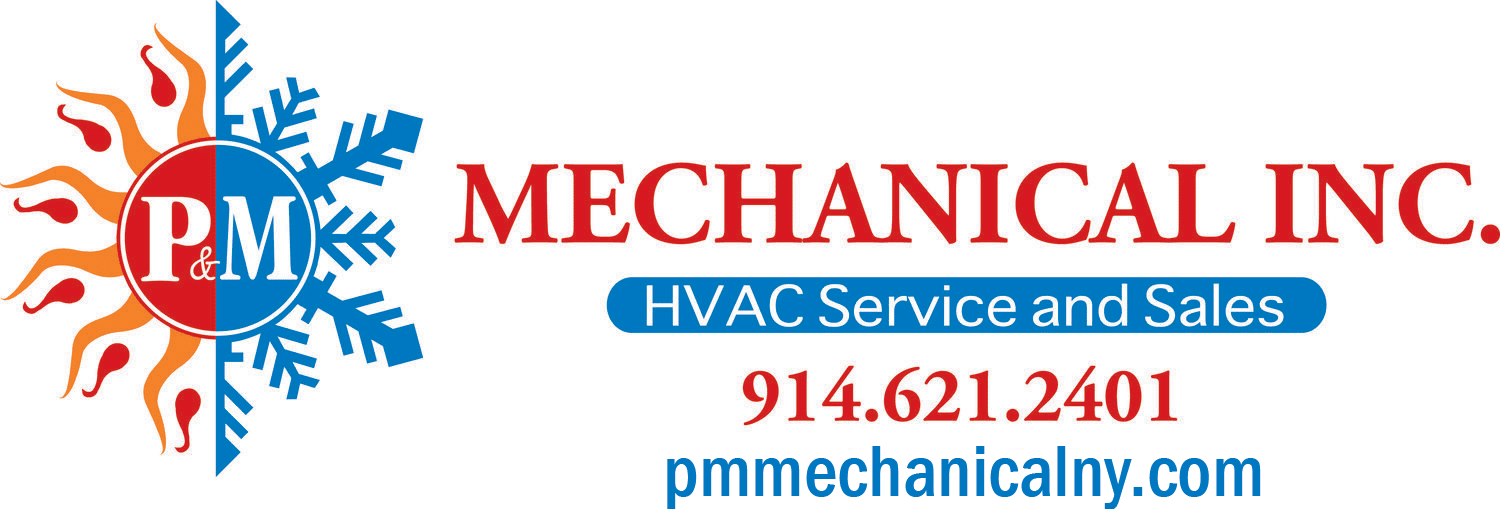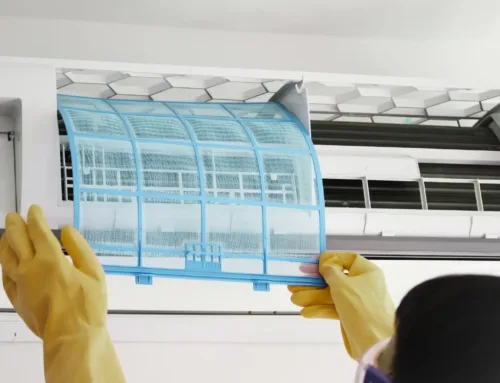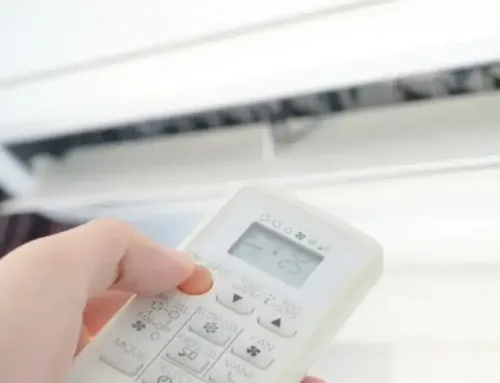When it comes to maintaining a healthy indoor environment, air quality is paramount. Indoor air pollutants such as dust, pollen, pet dander, mold spores, and volatile organic compounds (VOCs) can significantly impact our health and well-being. In recent years, air filtration systems and air purifiers have emerged as effective solutions for improving indoor air quality. But what exactly are these systems, and how do they work? Let’s dive into the world of air filtration and purification to find out.
Understanding Air Filtration Systems
Air filtration systems are designed to remove airborne particles from the air, thereby reducing indoor air pollution and improving air quality. These systems typically consist of one or more filters that capture particles as air passes through them. The efficiency of an air filtration system depends on the type of filter used and its ability to trap particles of varying sizes.
Types of Air Filters
There are several types of air filters commonly used in filtration systems, each with its filtration efficiency and application:
Mechanical Filters
These filters work by physically trapping particles as air passes through them. Examples include fiberglass filters, pleated filters, and HEPA (High-Efficiency Particulate Air) filters. HEPA filters are especially effective at capturing small particles such as dust, pollen, and pet dander.
Electrostatic Filters
Electrostatic filters use an electrostatic charge to attract and trap particles as air flows through the filter. These filters are effective at capturing smaller particles and can be either washable or disposable.
Activated Carbon Filters
How Air Purifiers Work
Air purifiers, also known as air cleaners, are devices that actively remove contaminants from the air, offering a higher level of air purification compared to standard filtration systems. While air purifiers may incorporate filters for particle removal, they often utilize additional technologies to neutralize or destroy airborne pollutants:
UV-C Light
Some air purifiers use ultraviolet (UV) germicidal irradiation to disinfect the air by deactivating bacteria, viruses, and mold spores. UV-C light can disrupt the DNA of microorganisms, rendering them unable to reproduce and causing them to perish.
Ionic Purification
Ionic air purifiers emit negatively charged ions into the air, which attach to airborne particles and cause them to clump together. These larger particles then settle out of the air and can be removed through cleaning or filtration.
Ozone Generators
Ozone generators produce ozone, a reactive gas that can oxidize and neutralize odors, bacteria, and other pollutants in the air. However, ozone generators are contentious due to potential health risks linked with ozone exposure and are not advised for use in occupied spaces.
Conclusion
In conclusion, air filtration systems and air purifiers are essential tools for maintaining clean and healthy indoor air. Whether you’re looking to remove airborne particles, neutralize odors, or disinfect the air, there are a variety of systems available to suit your needs. By understanding how these systems work and selecting the right solution for your home or business, you can enjoy improved indoor air quality and a healthier living environment. If you’re interested in installing an air filtration system or air purifier in your home or business, contact P & M Mechanical today. Our team of HVAC experts can help you select the best system for your needs and ensure professional HVAC installation for optimal performance and air quality.






